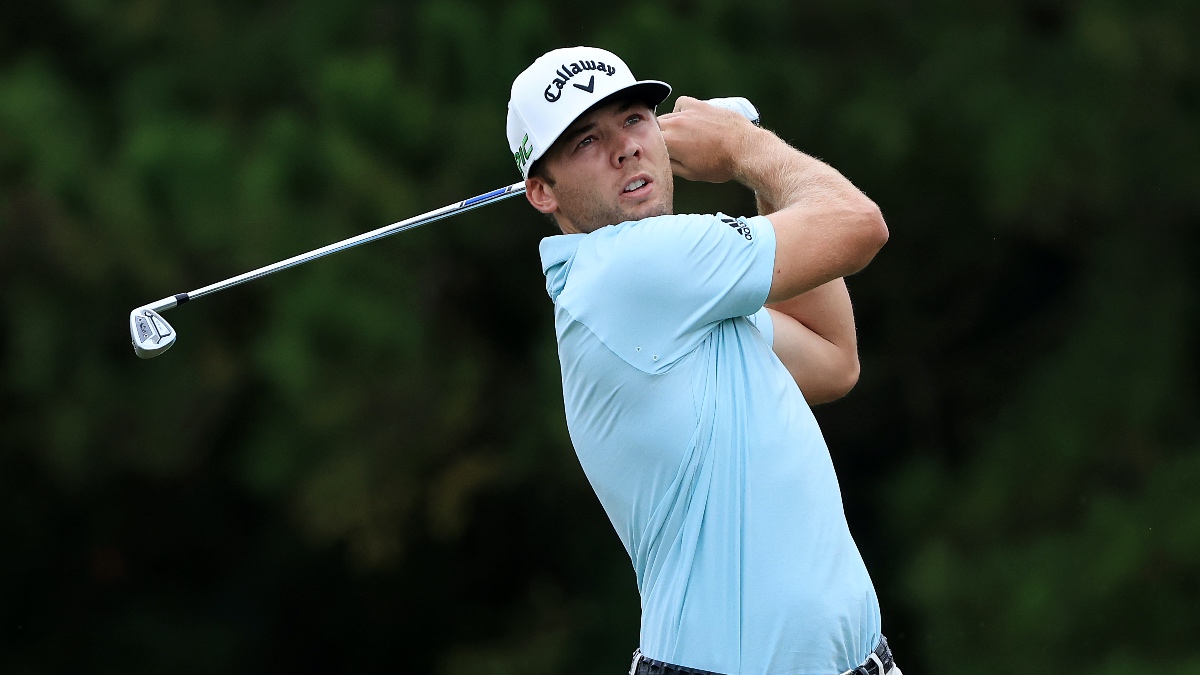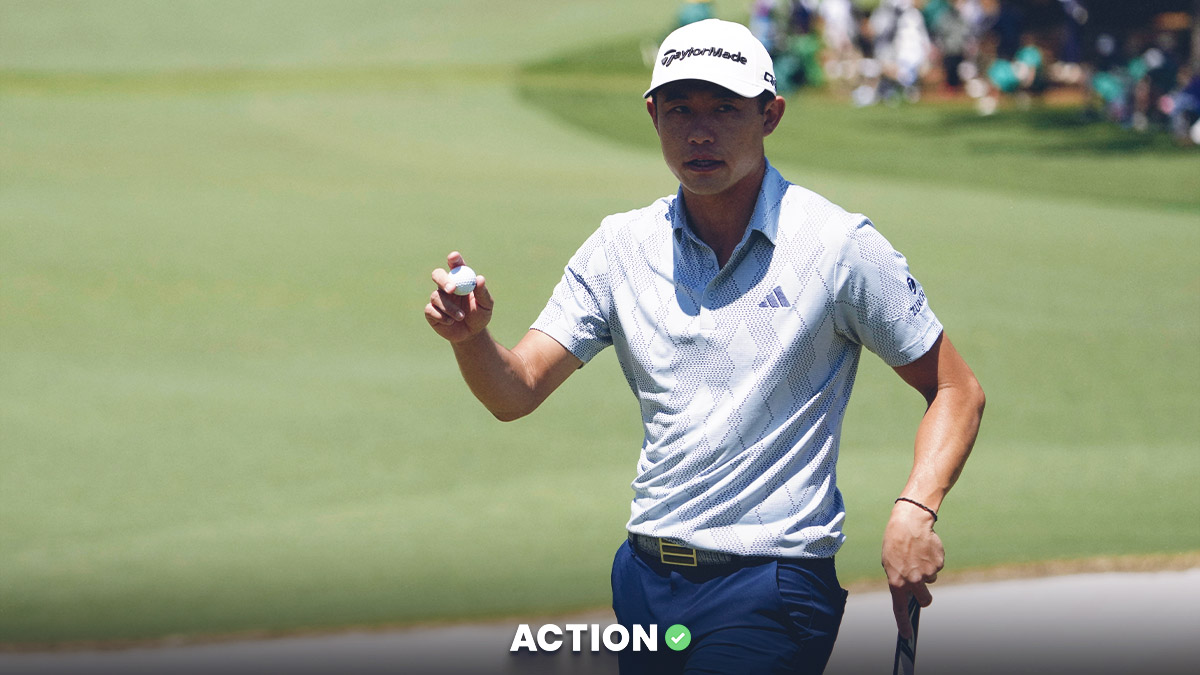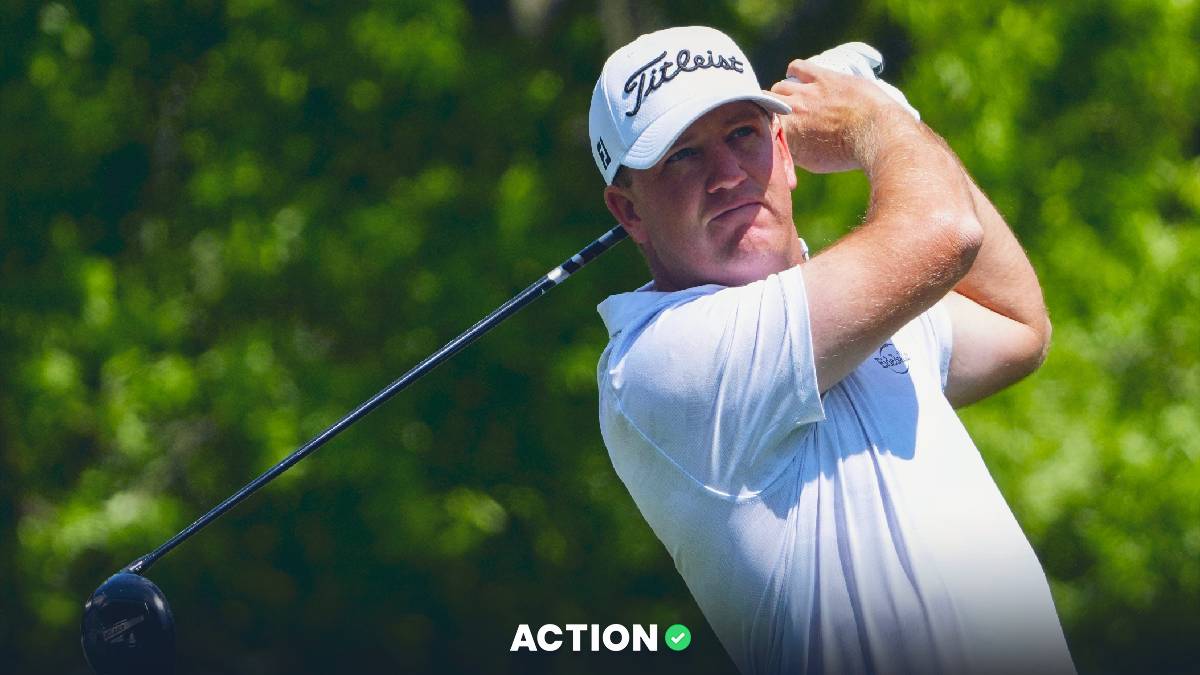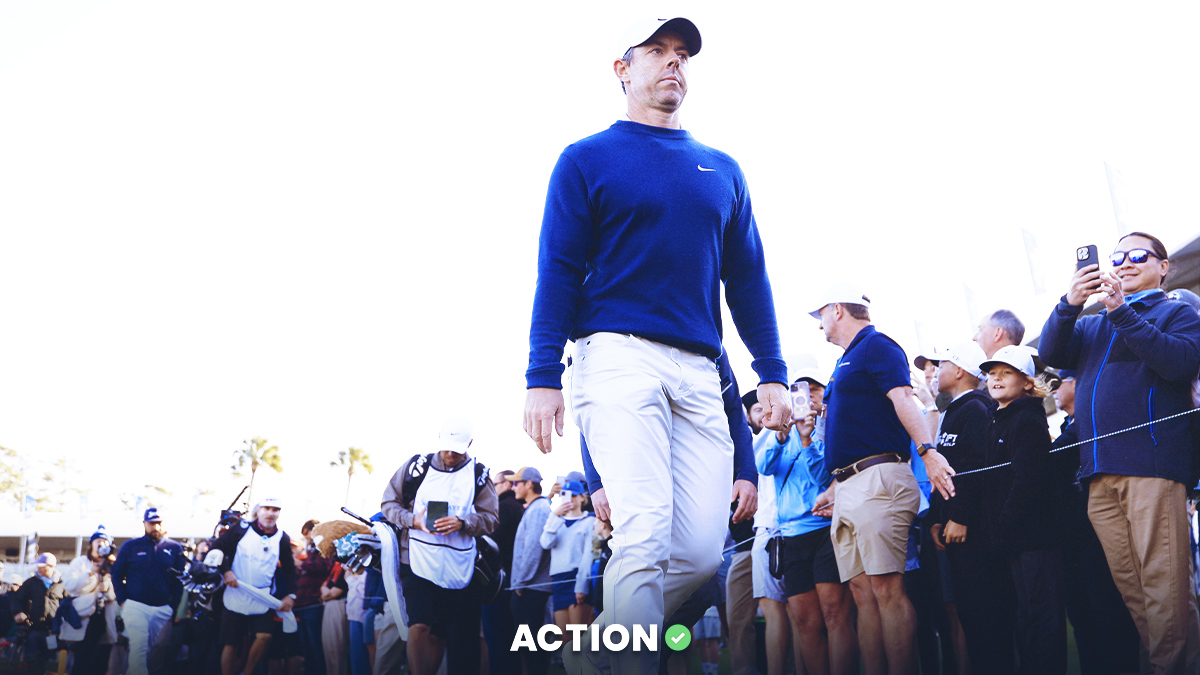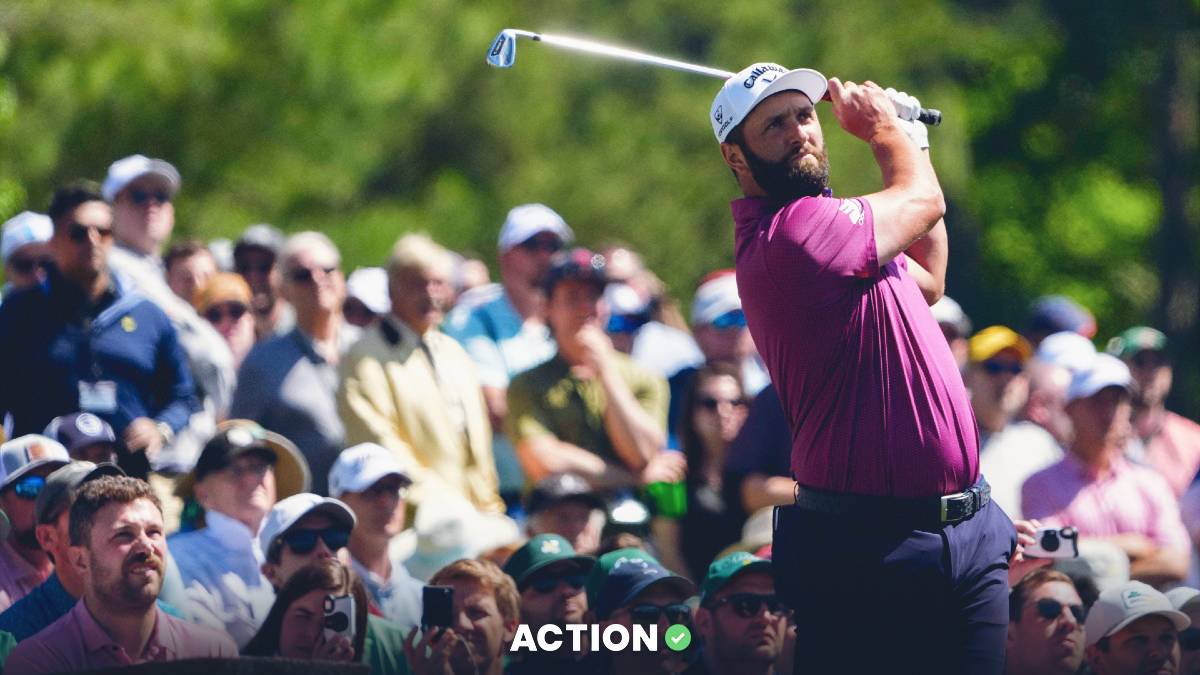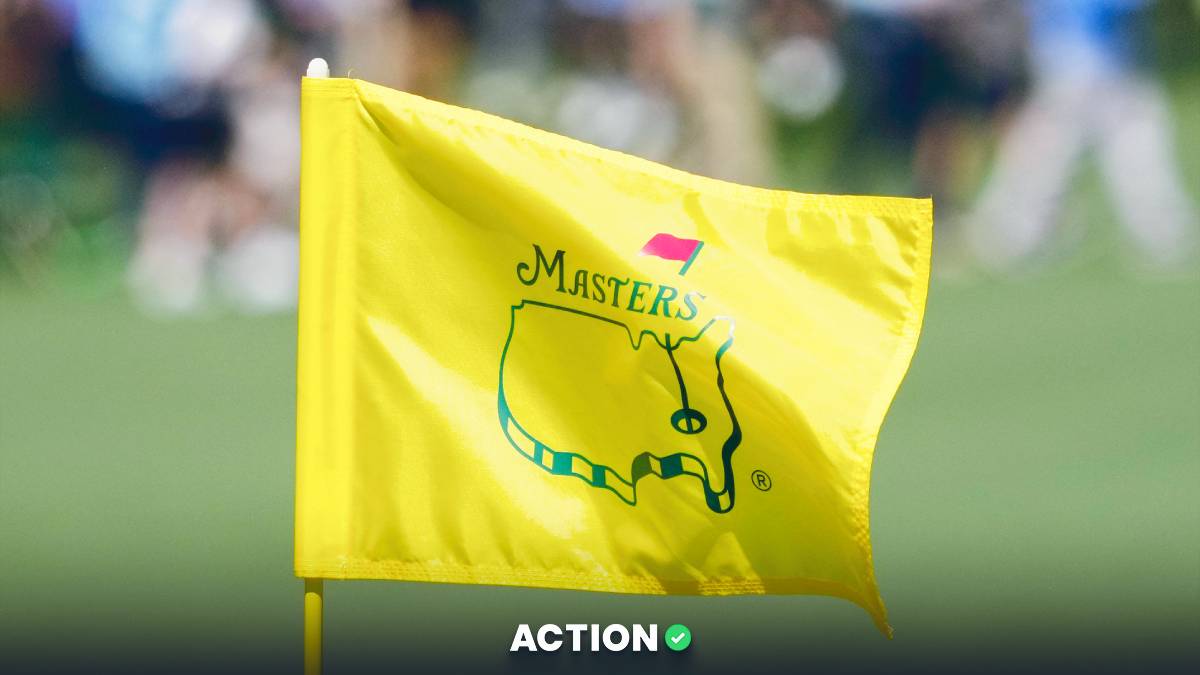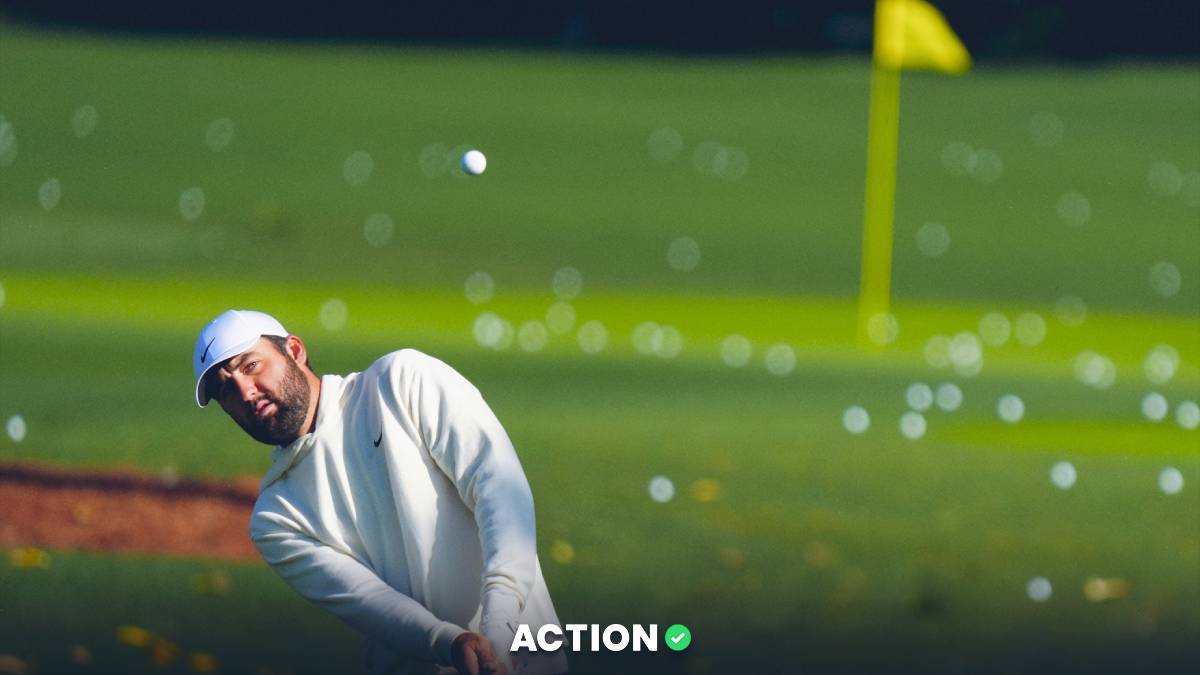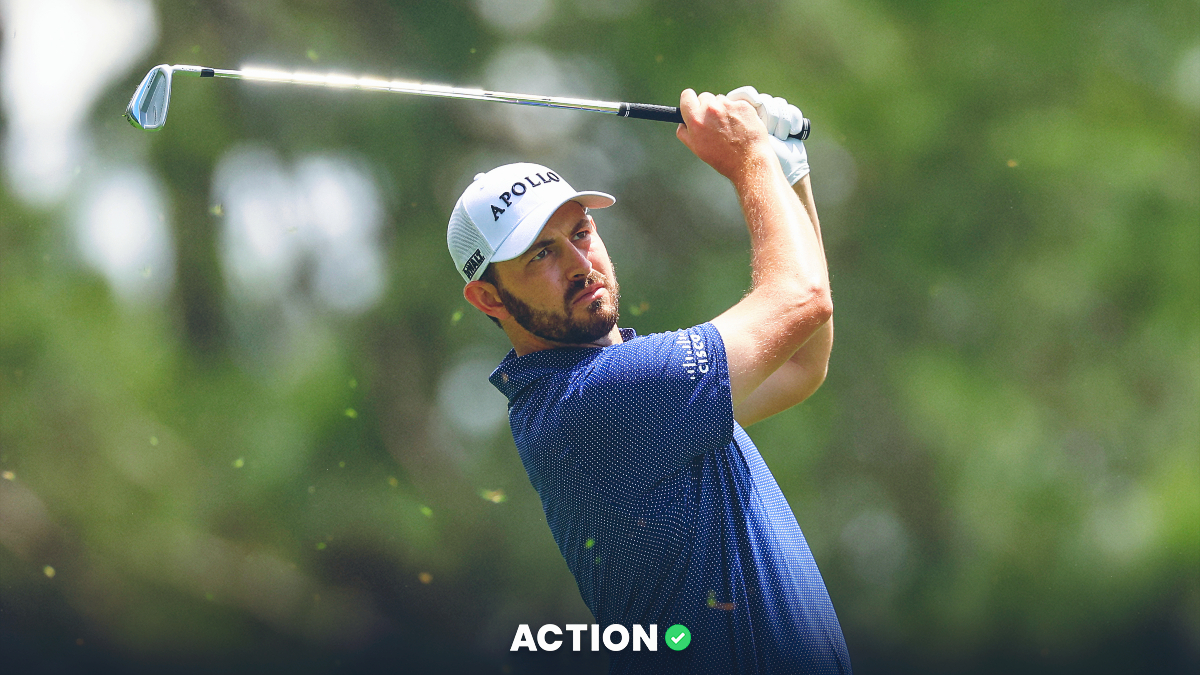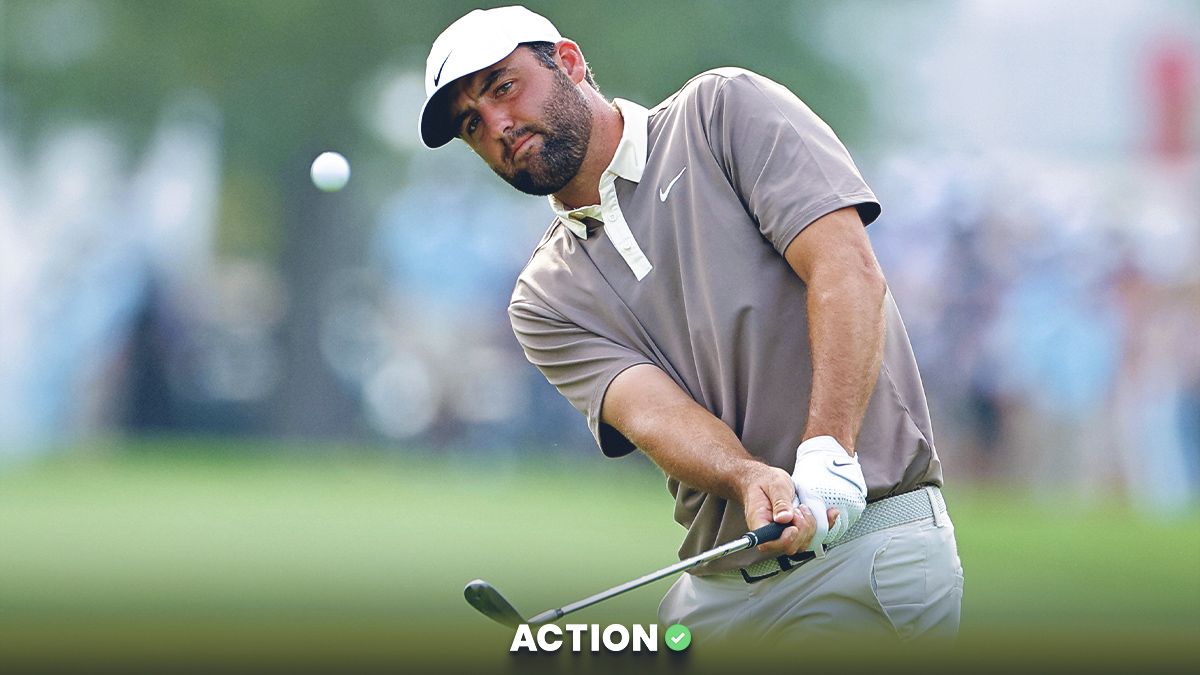The play on the course has been fully overwhelmed by everything off of it this week as the new golf league that teed it up in London seemed to dwarf the coverage of the RBC Canadian Open on Thursday — it even led to a statement from commissioner Jay Monahan.
The golf went on and St. George's Golf and Country Club proved to be a beautiful venue for the PGA Tour and the players really took advantage early.
Matt Fitzpatrick stormed out to an early lead with four birdies in his first five holes. He would add a few more before dropping a shot on his closing stretch to finish the day with a 6-under 64. It wasn't the best round of the day though as Wyndham Clark would pass the Englishman with a bogey-free 63. Several big names lurk just behind these two as Rory McIlroy and Tony Finau lead a group that opened with 4-under 66s.
Forty-three players fired under-par rounds to open the week, keeping things pretty bunched going into the second round. Even with that many players getting under par on the day, the overall scoring average was better than a stroke and a half over par. While the splits don't show an edge, the morning saw the lowest of the scoring available and I'll have an eye on some of those early tee times going into Friday.
Strokes Gained Explanation
Strokes Gained can give golf bettors, DFS players and fans way more detail on how a golfer has truly played by measuring each shot in relation to the rest of the field.
Using the millions of data points it collects, the TOUR calculates how many shots on average it takes a player to get the ball in the hole from every distance and situation. If a player beats those averages, he’s gaining strokes on the field.
Every situation in golf is different. Strokes Gained measures how players perform relative to the situation.
In this piece, we’ll touch on a variety of Strokes Gained metrics:
- Strokes Gained: Off-the-Tee
- Strokes Gained: Approach
- Strokes Gained: Around-the-Green
- Strokes Gained: Putting
- Strokes Gained: Ball-Striking (which is Off-the-Tee + Approach)
- Strokes Gained: Tee-to-Green (which is Ball-Striking + Around-the-Green)
In general, SG: Ball-Striking and SG: Tee-to-Green are the most stable long term, while putting is more prone to volatility.
You can often find live-betting advantages by identifying golfers who are hitting the ball well, but are just not getting putts to drop. Likewise, players with high SG: Putting numbers may regress moving forward.
3 Golfers to Buy in Round 2
If you're asking me who I like the most to be in position to contend going into the weekend, my answer is definitely Sam Burns. I don't, however, love the odds available to us as he is now getting the well deserved upper-tier treatment with short odds going into Round 2. Burns is listed at +1200 going into the second round despite his four-shot deficit. With him starting on the easiest hole of the course, it could be one of the better numbers we see on him this week.
Burns shot a 3-under 67 to start his week at St. George's and he was steady throughout his bag. He gained shots in every metric on Thursday, which led to more than four shots gained on the field tee-to-green. Everything he did was solid to open his RBC Canadian Open and I expect him to keep it rolling Friday morning.
Alex Smalley is a name I have had my eye on throughout this year and he's shown some flashes of having the game to contend. He did so again to start this tournament as he gained nearly five strokes with his ball striking on Thursday. He was equally balanced between both off-the-tee and on approach during his bogey-free round of 67. I think this could be a tournament where we see a surprise name come out on top and at +6600 on BetMGM going into Round 2, I'd be willing to take a bit of a flyer on the former Duke grad.
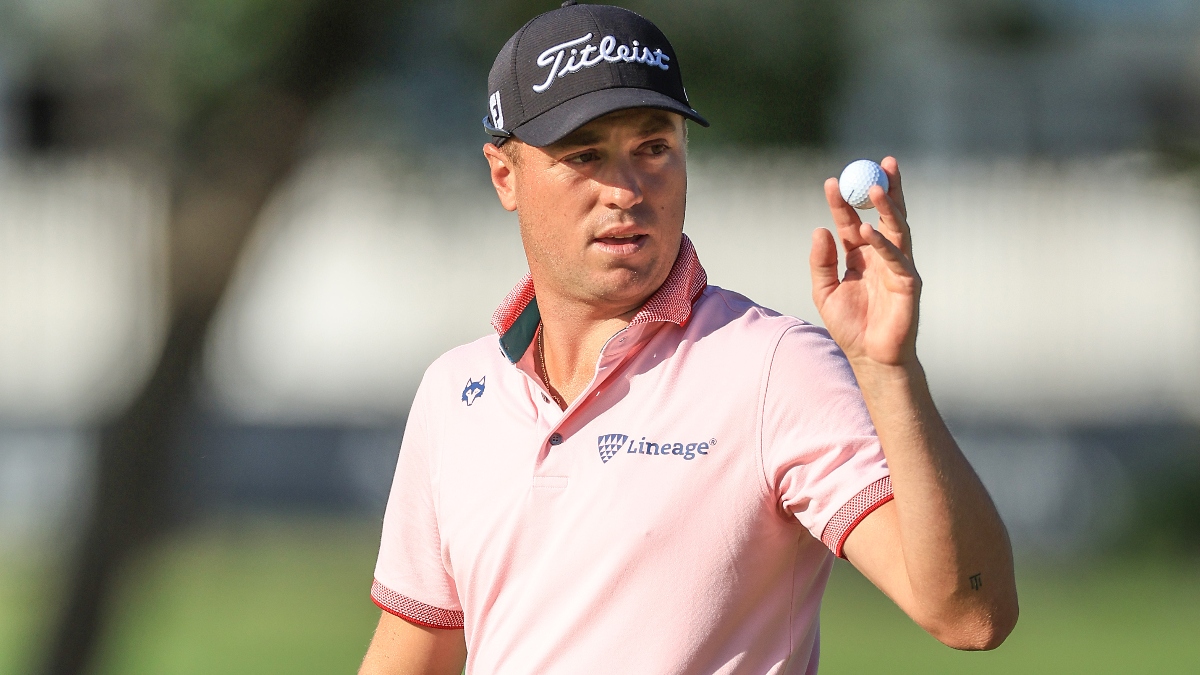
If I am dropping further down the board, it's going to be for a player who I know can go low in any given round. Sebastian Munoz certainly has that ability as he is often one of the guys we see near the top after the opening rounds. He played from the afternoon wave on Thursday and was able to scratch out a 69.
The Colombian will tee it up early on Friday and while he stumbled a bit on his way in to open the week, he is a player I expect to come out ready to score in the second round. He struggled to score over the final nine holes, but he did close out the round gaining strokes on the field with his final three shots on approach. I'll look for him to carry that momentum into Round 2 and if he can take advantage of the two par 5s he has early in his round, he can quickly move up the leaderboard.
3 Golfers to Fade in Round 2
Wyndham Clark is not a name I expected to see at the top of the leaderboard to start this week. He is someone who is long off the tee and usually sets up a little better for bigger tracks. He clearly had it all going Thursday, especially on the greens, where he gained 3.89 shots on the field.
There really isn't anything to poke holes in for Clark from the first round, but my fade is on his ability to stay on the first page of the leaderboard over the next few days. He hasn't had a top 20 finish since his first event of 2022, back at the AmEx in January. I expect his drift down the leaderboard to start on Friday as he has the uncomfortable feeling of an overnight lead and a long day to think about it before he tees it up again in the afternoon.
There aren't many that stick out for our traditional fade spots as nearly everyone near the top of the leaderboard had a solid day ball striking and in overall play tee-to-green. When I narrow in on the irons, I see that approach will be the key category and that leads me to my fade of Charley Hoffman.

Hoffman is the only player within the top 25 who lost strokes to the field on approach. He didn't do it with just one bad swing either. It was a pretty steady issue throughout the round and he only gained strokes on seven of his 18 approaches. He had two iron shots that gained better than .8 strokes on the field, making his overall numbers look better than they were on the whole. I'll continue to fade Hoffman this week until he can show some more consistency throughout the round, especially for a player who has missed seven of his past eight cuts.
Justin Rose had the ugliest day, from an approach perspective, of the players who finished their round under par. He was fifth worst in the entire field with his irons, but when you gain 3.28 shots on the greens it can still result in a solid opening score.
We have seen Rose put together these putting numbers at times in his career and even lately, but rarely is it sustainable across a full tournament. I'm going to take my chances that he can't hold this together with the short game alone and, until the irons come around, he'll fit on the fade list.


